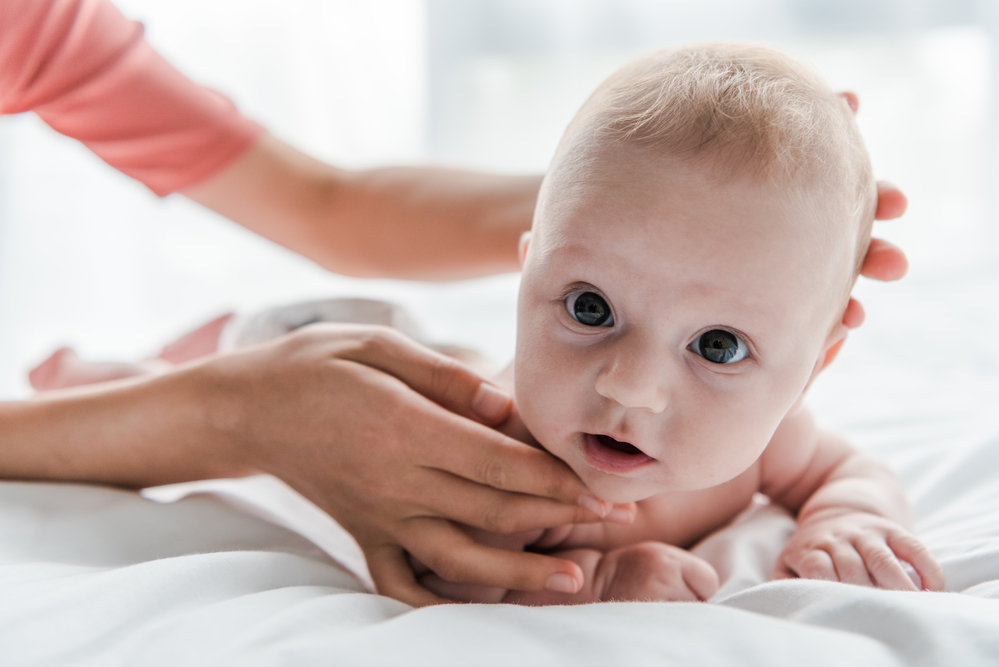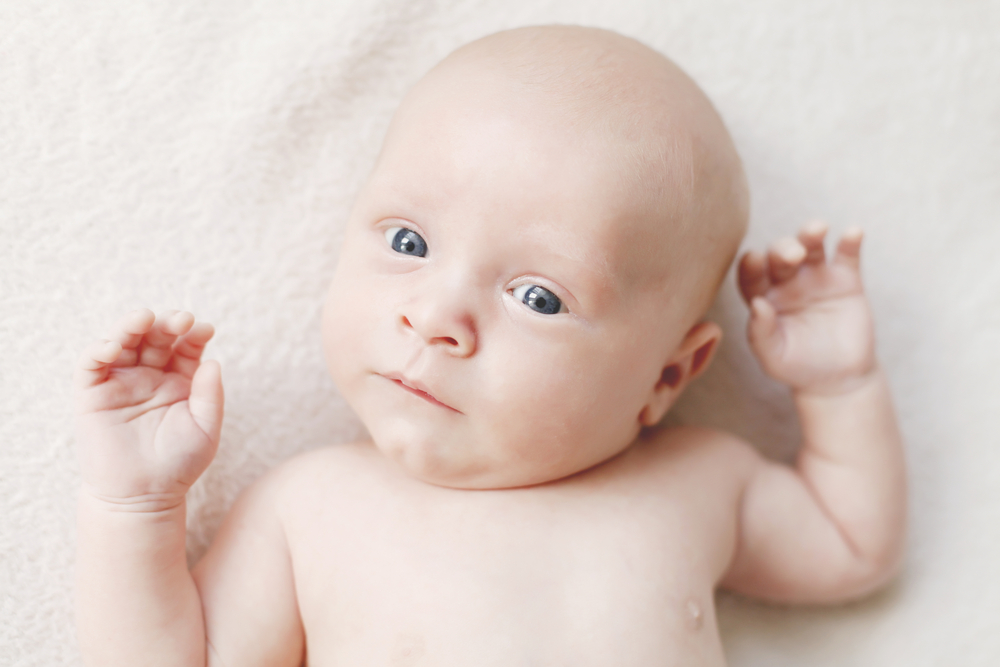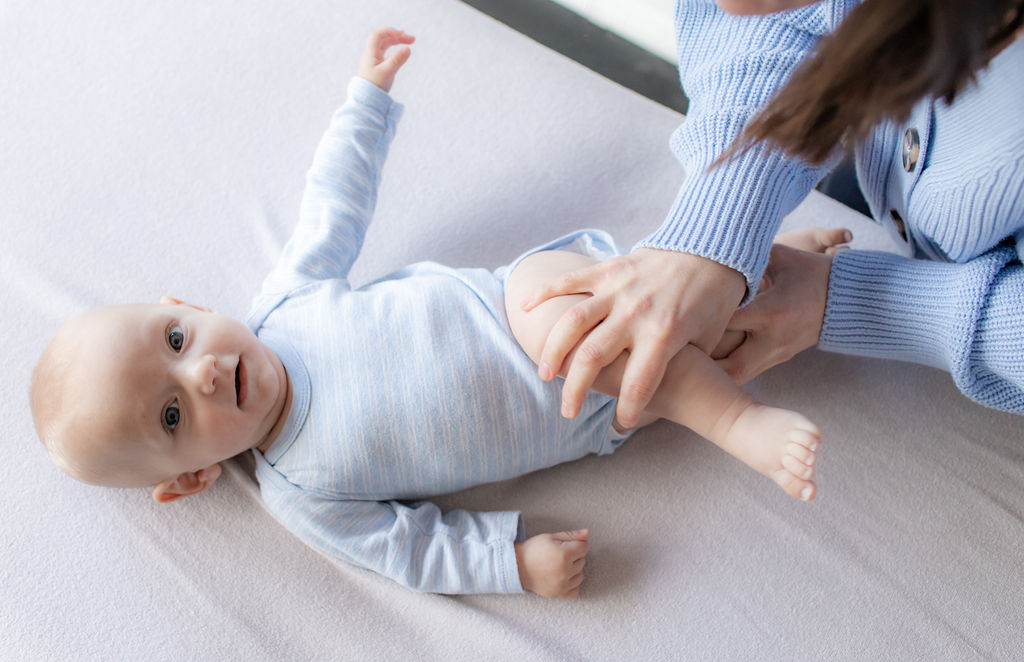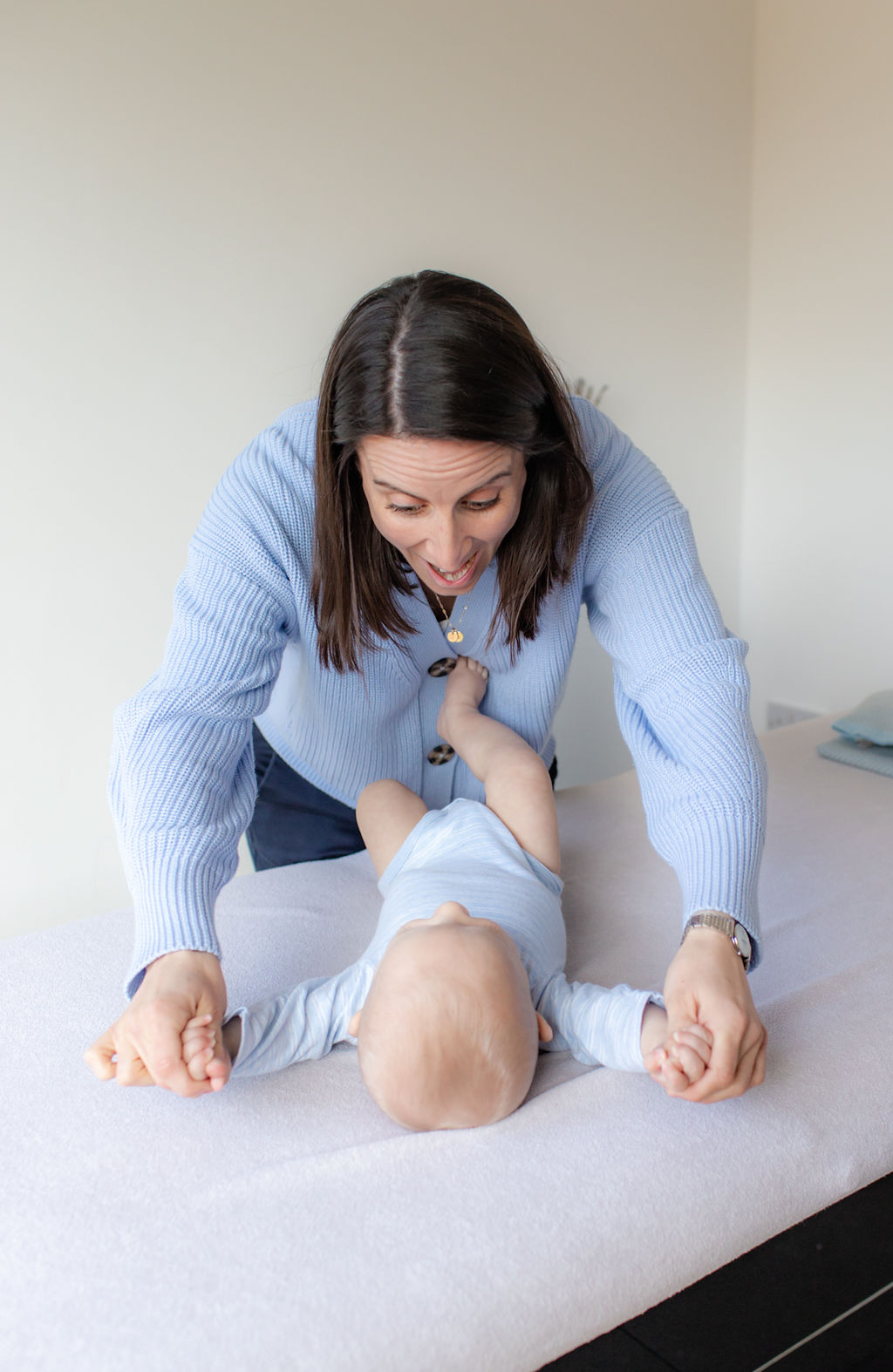Torticollis Treatment
Our treatment plan includes gentle stretches, mobilisation techniques, and exercises tailored to your baby’s needs.


What is Torticollis?
Torticollis in babies, also known as infant torticollis or congenital muscular torticollis, is a condition characterized by one sided neck tightness.
The term “torticollis” is derived from Latin, where “torti” means twisted and “collis” means neck. In this condition, the baby’s head tends to tilt to one side while the chin rotates in the opposite direction, causing a noticeable asymmetry.
What causes Torticollis?
Torticollis can occur due to various reasons, including:
- Muscular tightness: One of the most common causes of torticollis in infants is muscular tightness or shortening of the sternocleidomastoid muscle. This muscle, located on both sides of the neck, helps control head movements. When one side of the muscle becomes tight or shortened, it leads to the characteristic head tilt and rotation.
- Intrauterine constraint: Torticollis can also occur as a result of positioning or compression of the baby’s head and neck in the womb, leading to muscle tightness or imbalance within the body.
- Birth Process: During the birthing process, babies can experience strain and resistance, leading to molding and shaping of the skull. This molding can be significant and impact the shape of the head, as well as result in shortened neck muscles, causing the baby’s head to remain turned to one side.
The exact cause of torticollis may vary from case to case, and sometimes it may develop without a clear identifiable cause.



Treating Toricollis
Jill’s aim is to address these various factors through a holistic and individualized approach, promoting your baby’s comfort, mobility, and overall well-being.
When treating this condition, our approach focuses on working on the lower part of the body away from the neck and gradually making our way towards the head and neck. The initial goal is to create slack within the system, allowing us to determine the extent to which the neck is affected versus other parts of the body affecting the neck.
Exercises and stretches
Our treatment plan includes gentle stretches, mobilization techniques, and exercises tailored to your baby’s needs. These exercises, stretches, and holds provided by Jill, are designed to complement the treatment sessions and assist in your baby’s progress between appointments.
It’s important to note that neck-related issues can also be associated with head shape problems. Short and tight muscles, as well as cranial bone positioning, can contribute to this.
Pressure from lying in the womb can cause the head to become flatter, making it more likely for babies to favour one side as they need to overcome the bone’s resistance to turn to the other side.
